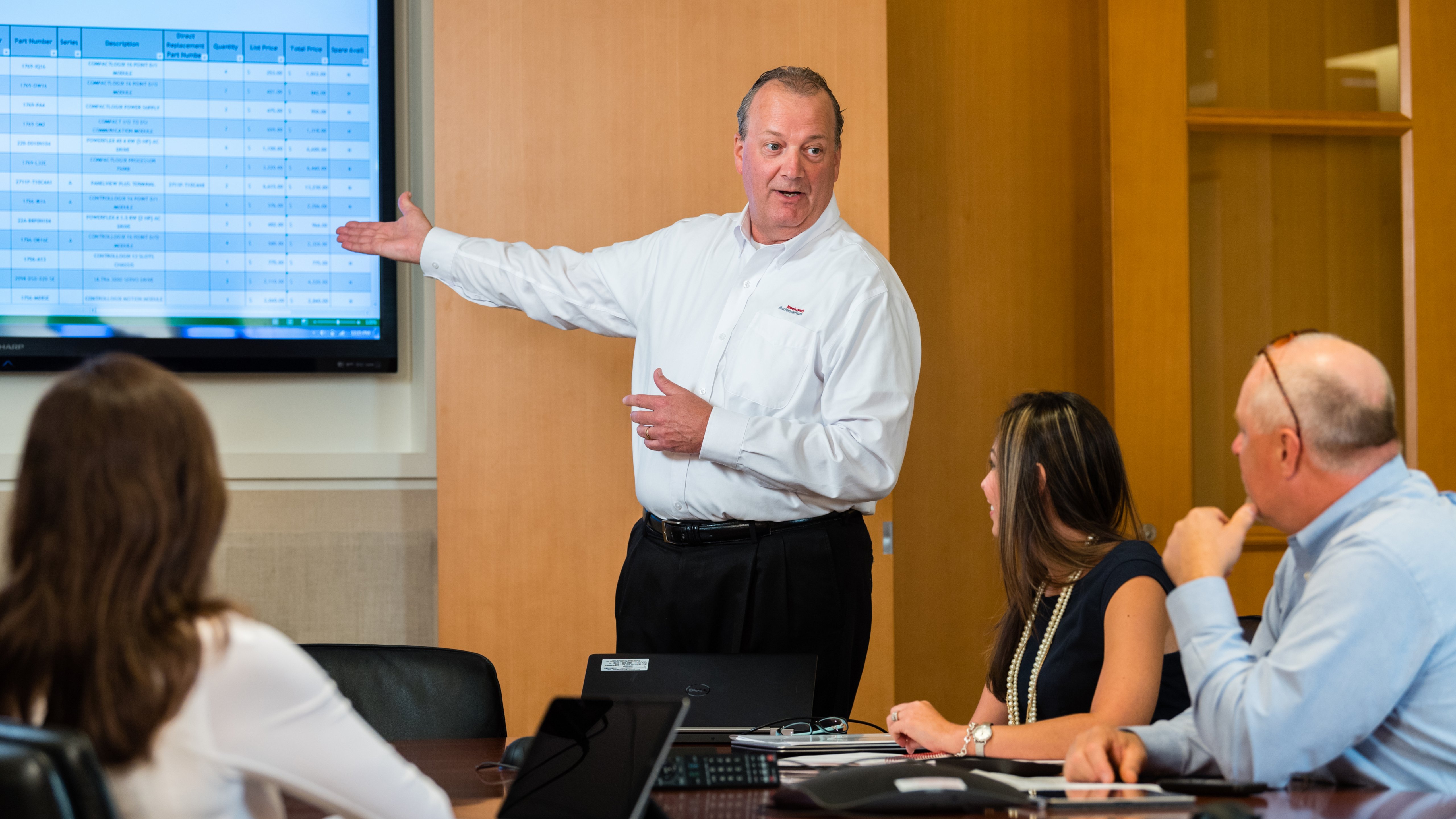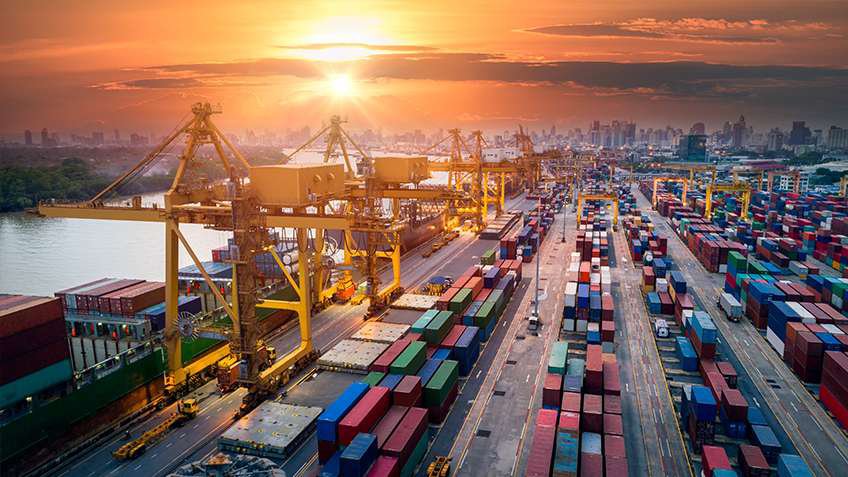Today’s world, both in the realm of manufacturing and the broader socio-economic landscape, can be characterised by four dominant forces: volatility, uncertainty, complexity and ambiguity. In such unprecedented times as we’re currently experiencing, it’s easy to think of these forces as specific to our circumstances. In reality, they’ve always been present, simply with less visible impact than in the current environment.
This visibility, we expect, will only grow. Emerging geo-political risks and trade disputes; increasingly complex supply chain operations that seem set to undergo further revision; the trend towards greater sustainability and ethical practices in manufacturing operations: just some of the factors that will play out over the coming years and decades. Combined, they can have a profound impact on sourcing, production, trade and logistics at every level.
For manufacturers seeking to navigate this environment, we offer the following advice: hope for greater predictability and simplicity, but prepare for a turbulent and ever-changing reality.
With change, however, comes opportunity – at least for some. The evident shift towards a digital world, and the change in behaviours contained in that, will breed new business models, while washing away those unable to stand the tides of change. To move with the current, today’s manufacturers need to be thinking about agility, and specifically consider taking a ‘project-based’ approach to their operations and delivery.
Mindset matters
Previously, manufacturing operations centred around the production of a single product or set of products. All investment and development activity, understandably, focused on process improvement in order to create more of these products in less time and at a lower cost. As the laws of diminishing marginal returns set in, the manufacturer able to remain profitable at the lowest threshold would survive and be able to reinvest, creating a virtuous feedback loop for greater productivity and profit.
But now, churning out more and more units is not enough. Today’s manufacturers need to be more in tune with what the market wants, which, as we’ve seen recently, can change rapidly and drastically. Failure to adapt – for example by continuing to produce after demand has dissipated or wavering on upscaling production in response to a new surge in demand – leaves the manufacturer open to significant costs and missed opportunities.
Adaptability in manufacturing means introducing more flexible and fluid structures to react to changing circumstances and market conditions. The focus is less on product output and more on combining a diverse set of skills and capabilities from across the business to meet a certain end-goal. In essence, adopting a project-oriented mindset.
Becoming a project-based manufacturer requires building agility into operations across the production cycle. This traverses multiple areas, including flexible and easily reconfigurable machinery, fluid team structures and processes to access skills on a needs basis, and the adaptability to plug into partners and supply chain networks for information-sharing.
Getting ready for what comes next
To be future-ready, there are five characteristics a manufacturer should seek to have:
1. Get connected
No manufacturer can think or work in a silo. Being plugged into your suppliers, service providers and customers is essential. This manifests at a technical level, through secure, interoperable machinery and integrated supply chain operations, but also at an operational and ecosystem level through process alignment and information-sharing.
2. Work leaner
A smooth-running supply chain needs to clear frictions and bottlenecks. Adopting leaner structures that capture both digital enablers and new ways of working (such as remote operations) is an important part of getting to the desired outcome faster. Most manufacturers have already implemented workflow management; the next step is to add capabilities such as virtual assistants and RPA to make processes fluid and repeatable.
3. Enhance, not dismantle
It’s a mistake to think that modernisation means starting from scratch. Manufacturers have typically made significant investments in their machinery and IT over the years and should seek to maintain what’s still generating value and capture the existing knowledge that defines their advantage. The approach is therefore to scale and extend existing assets, rather than rip and replace, in order to gain the agility to react more quickly to changing global dynamics and demands. Most importantly, this allows them to identify obsolete systems and focus investment on these areas to limit risks.
4. Adapt to new data
Manufacturing systems generate significant amounts of data across their operations, ranging from the performance of equipment through to inventory and customer order data. Being responsive to changes gives the manufacturer the ability to take a predictive and corrective approach to production based on real-time information.
5. Stay human
A prevailing, and profoundly damaging, narrative that is continually perpetuated is that digitalisation is about replacing the human workforce with machines. This simply isn’t the case; it's about enabling them to work together in the most efficient and productive way. Manufacturers can enhance their use of people by boosting human skills, such as creativity and pattern recognition, adding non-traditional skills, like data science and design, developing new skills through technologies, such as AR/VR, and capturing and pooling group expertise.
From the physical to the digital
Classically, product development has been separated into distinct departments with sequential processes. In an uncertain and volatile manufacturing environment, the key to competitiveness relies on breeding greater efficiency and leaner structures across manufacturing operations. It’s clear this can’t be achieved in a siloed and disconnected production environment.
The companies that have already started on their digital transformation journeys and have taken steps towards flexibility will likely see the benefits of reduced time to market, and be in a much better position to adapt to the changes that we’ll see in the coming years.
Published May 25, 2020
Recommended For You



